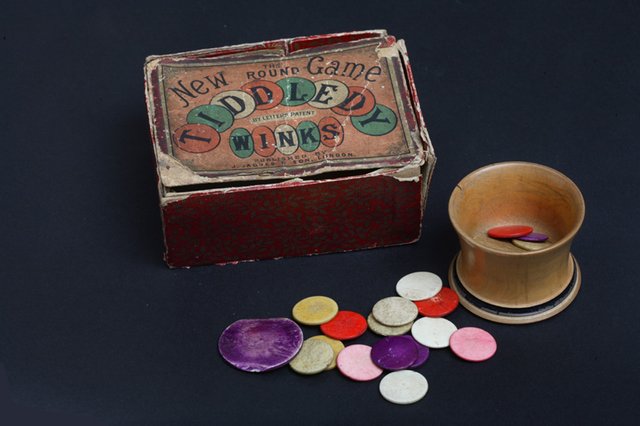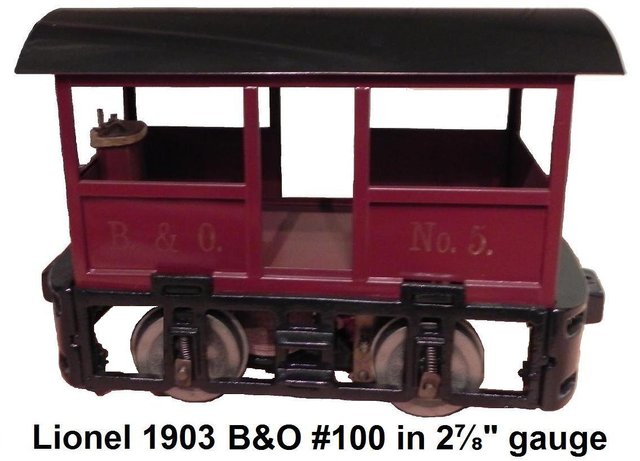Memories of our childhood: Toys of the 1900's by @mevilkingdom
Hi Steemians! As someone who is into collecting toys AND history I tought: Why not combine both? So I started a series in which I will talk about the history of toys. This time: 1900-1909!
At the start of the 20th century, penny toys were very popular. They were cheap but attractive, providing all but the poorest families their first chance to buy non-essential goods. Their availability and affordability reflected developments in the mass-production of toys from the late 19th century.

In 1902 president Theodore Roosevelt went for a hunt in Mississippi while trying to settle a boundary dispute between Mississippi and Louisiana. However, the hunt was not going well that day and he couldn’t seem to find anything worthy of shooting. His staff captured a black bear cub for the President to shoot, but he could not. The thought of shooting a bear that was tied to a tree did not seem sporting, so he spared the life of the black bear cub and set it free.
A famous political cartoonist for the Washington Star, Mr. Clifford Berryman, drew a cartoon titled, "Drawing the Line in Mississippi" which used the story of the President refusing to shoot the bear as a metaphor for how he dealt with the boundary dispute.
The cartoon in the Washington Star showed Teddy Roosevelt, rifle in hand, with his back turned on a cute, cowering baby bear. Morris Michtom, owner of a Brooklyn toy store, was inspired by the cartoon to make a stuffed bear cub. Intending it only as a display, he placed the stuffed bear in his toy store window, and next to it placed a copy of the cartoon from the newspaper. To Michtom’s surprise, he was besieged by customers eager to buy. He asked for and received President Roosevelt’s permission to use his name for the hand-sewn bears that he and his wife made, and the Teddy Bear was born!

Tiddlywinks or Tiddledy Winks is a game for 4 players who play in two pairs. It was played on a table or the floor with a pot in the centre. Players used a larger disc called a squidger to flip the different coloured winks into the pot. The player who got most winks into the pot was the winner.
The coloured pieces were made from bone and the cup was made from bamboo.

Inventor Joshua Lionel Cowen wasn't the first to manufacture toy trains. But his talents as an engineer and salesman soon put Lionel ahead of its competitors. Cowen designed his first train, the Electric Express, not as a toy, but as an eye-catching display for toy stores. During Lionel's early days, Americans were captivated by the railroads and awed by electricity, still a rarity in many homes. Lionel's first trains were powered by wet-cell (acid-filled!) batteries, soon replaced by the 110-volt electric transformer. By 1906, with the introduction of preassembled track and a selection of engines and cars, the trains we know today were already taking shape.
In 1901 Frank Hornby invented and patented a new toy called Mechanics Made Easy. It was a model construction kit consisting of perforated metal strips, plates and girders, with wheels, pulleys, gears, shaft collars and axles for mechanisms and motion, and nuts and bolts and set screws to connect the pieces. The only tools required to assemble models were a screwdriver wrenches. It was more than just a toy: it was educational, teaching basic mechanical principles like levers and gearing.
As the construction kits gained in popularity they soon became known as Meccano and went on sale across the world. In September 1907, Hornby registered the Meccano trade mark, and in May 1908, he formed Meccano Ltd.
The first construction sets had parts that were rather crudely made: the metal strips and plates had a tinplate finish, were not rounded at the ends and were not very sturdy. But manufacturing methods were improving all the time and by 1907 the quality and appearance had improved considerably: the metal strips were now made of thicker steel with rounded ends and were nickel-plated, while the wheels and gears were machined from brass.
Thank you very much for reading and don't forget to follow me for more updates! Next time: 1910-1919!
I do not own any of the pictures used in this article.
Who is Mande Walschot?
Mande Walschot resides in Belgium and currently owns over 1,360 boxed My Little Ponies, around 500 boxed dolls, over 70 polly pockets, 40 plush care bears, 30 Tsum Tsums, about 3,000 Pokémon cards, around 200 comic books and lots of stuffed toys! Gemr spotlight collection
Also seen on national television and newspapers.
Sister of @steve-walschot, the creator of SteemPay.io and vouched Steem applications developer and girlfriend of game-enthusiast @herrlonnie.
I think I saw some of these at my grandma's house long ago!
Really? That is just awesome!
Keep up the postings! I think they're valuable, and you do some serious research to provide steemit with awesome content only Wikipedia would have :-)
A shame you don't have that many followers, but you will in time.
Thanks for posting, some good information there. I look forward to the next update :)